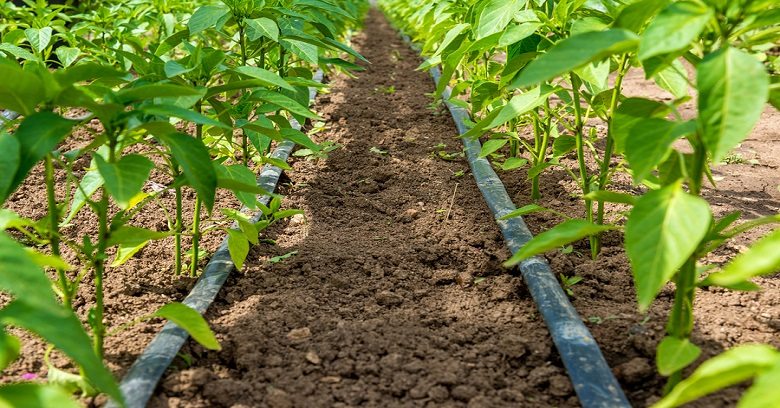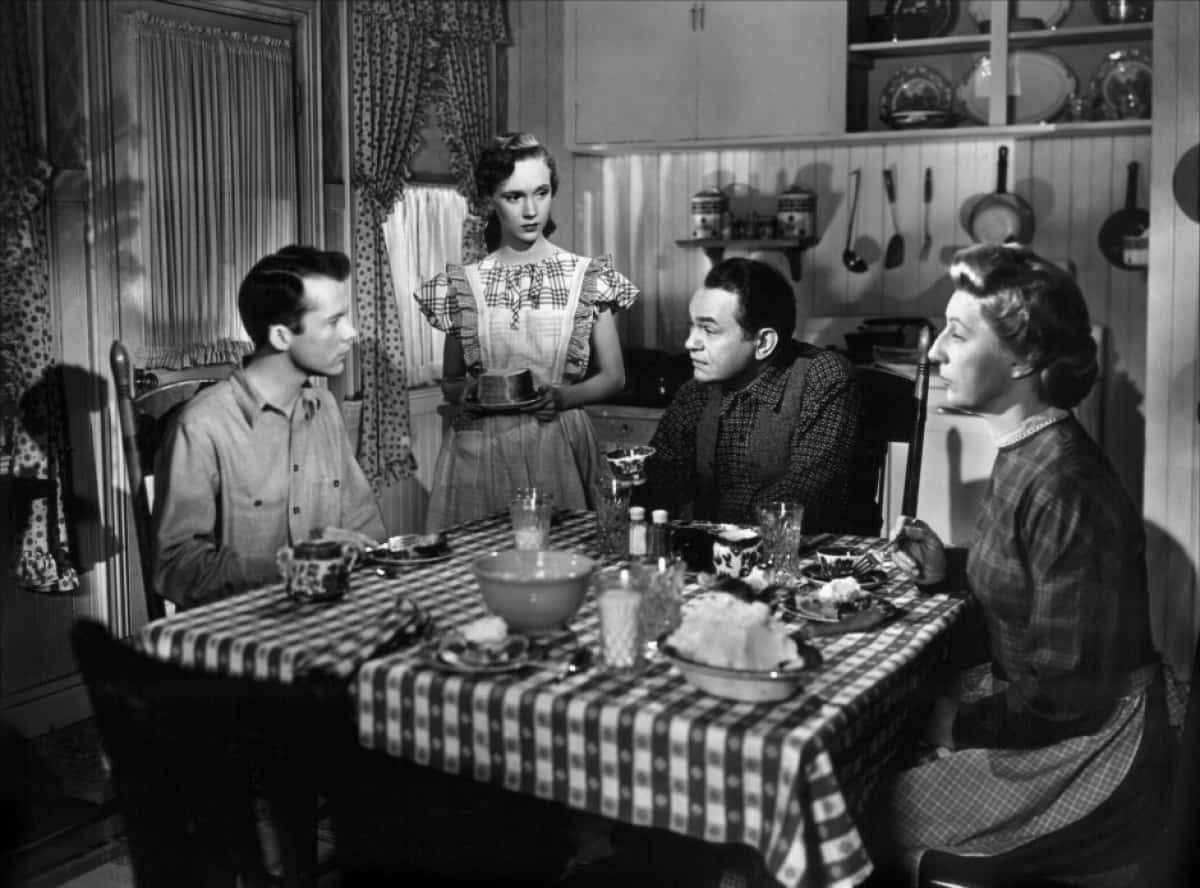Table of Content
Raised beds retrofitted to apply drip irrigation using various lengths of pipe. —120’ should be fine for supply line, depending on the pressure from the faucet. The main issue is loss of pressure from emitters and drip line and, again, the supplier will be able to help with calculations around that.

These valves install at the end of the system and will automatically open when the pressure in the system drops . Residual water drains out of the system through these open valves, clearing some of the sediment that has collected. There are six types of soil—clay, sandy, silty, peaty, chalky, and loamy—all with varying nutrient contents and drainage characteristics. It’s important to understand the type of soil you have so you can choose the best drip irrigation system for your needs. Generally speaking, garden soil is a nice mixture of these soil types and tends to offer a good blend of nutrients and water-holding capabilities.
Rain Bird Drip Expansion Kit
However, this filter can clog if your water source carries too much particulate matter. The extremely fine channels molded into the drip tape are prone to clogging if the particles in the water are large enough. These channels are how the drip tape regulates water flow and are an important part of your system. The system described here uses the same spigot as a garden hose for a water source. Larger systems used in commercial irrigation usually use larger output connections, but even the largest home gardens can be readily served by a standard hose spigot.

If you are a beginner, the complete drip irrigation systems sold by irrigation supply companies may be a good place to start. Retailers usually have several selections based on the size of the area you have to irrigate. For example, you may purchase a system designed specifically to cover a quarter-acre garden. These irrigation kits contain the proper components, hose sizes, and pressure capacities for the area they are intended to cover. You may also choose to purchase all of the components separately in order to buy only what you think you need. For moderate-size gardens that have a number of raised beds to be watered, the Raindrip drip irrigation system includes up to 50 feet of tubing and is simple to install.
Lay Out the Soaker Hoses
When purchasing individual components and setting up a system for your garden, it is important to consider some facts before you order. You need to know the size of your garden, how many gallons your well or other water source puts out per hour, and the length of the header pipe you plan to run. The bigger the header pipe, the more volume you can deliver to an area. Most irrigation companies will help you decipher what size header pipe you need.
The hotter and drier the air, the more noticeable the cooling effect. The low flow misting heads are available with flow rates of.8 GPH to 1 GPH with micro sized droplets to maximize the cooling effect. To create your own microclimate, simply attach an Ocean Breeze® system to any convenient faucet. Turn on the water and enjoy the cooling comfort of an Ocean Breeze. Once you have it all lined up, you can use your drill to start making holes in your hose. Wherever your plants are positioned is where you’re going to drill into the hose.
Point-Source Emitters
The easiest way to do this is to punch a hole in the main tubing and insert a transfer barb which feeds thinner quarter-inch tubing up to where the water is needed. This is then connected to quarter-inch dripline to supply the plants. From easy installation to automatic watering to low maintenance, drip irrigation systems will help create a better garden space for your home. To combat this, the best drip irrigation system emitters are pressure compensating by design.

In most cases, you will be selecting between a rigid drip system and a flexible T-tape system. The rigid type is a bit more expensive, but has longer-lasting components that can be used for many growing seasons. The flexible drip tape, or T-tape, is somewhat disposable and usually only lasts one or two seasons. The main components of the filter, pressure reducer, and header pipe will last for many years if taken care of properly. Drip irrigation systems consist of five major components, including some type of water filter, a pressure reducer, a pressure gauge, a header pipe, and drip lines. A battery-operated water timer can also be added to help automate the system .
Built-in Check Valves
They regulate flow and help to prevent pressure leaks from developing in the hose line. The average drip irrigation kit runs anywhere between $15 and $480, according to HomeGuide. If you’re looking for a way to save money and use some stuff you already have, you can actually create drip irrigation with a garden house. With this more efficient watering system, there’s hardly any work involved at all. Since drip irrigation uses less water than other methods, you’re also saving money. If you want to save some money and make use of a few things you have lying around the house, try to create DIY drip irrigation with a garden house.
Prior to storage, be sure to drain all of the water out of the lines so they do not freeze and crack during the colder winter months. Interest will be charged to your account from the purchase date if the balance is not paid in full within 6 months. Select PayPal Credit at checkout to have the option to pay over time. Use a piece of stiff tubing to create a riser and attach it to the base. Barbara Gillette is a master gardener, herbalist, beekeeper, and journalist. She has 30 years of experience propagating and growing fruits, vegetables, herbs, and ornamentals.
Once in place, the system can remain throughout the seasons, however, each hose should be disconnected from its water source and completely drained before the ground freezes. One of the true beauties of a drip irrigation system is the ability to add liquid nutrients directly through the system. This can be done anytime during the growing season using a venture-type fertilizer injector . Be sure to install the injector between the water source and the filter so all particles get removed rather than clogging drip emitters. After injecting any fertilizers into a drip system, run clean water through the lines for minutes in order to flush out any minerals that may clog the emitters later.

You need to use a manufacturer’s chart to determine the correct nozzle for your particular plants. Too much water could drown plants that prefer to be a little dry, while too little water will stunt a plant’s potential. When the garden to be watered is any distance from the main water spigot you will need garden hose.

No comments:
Post a Comment